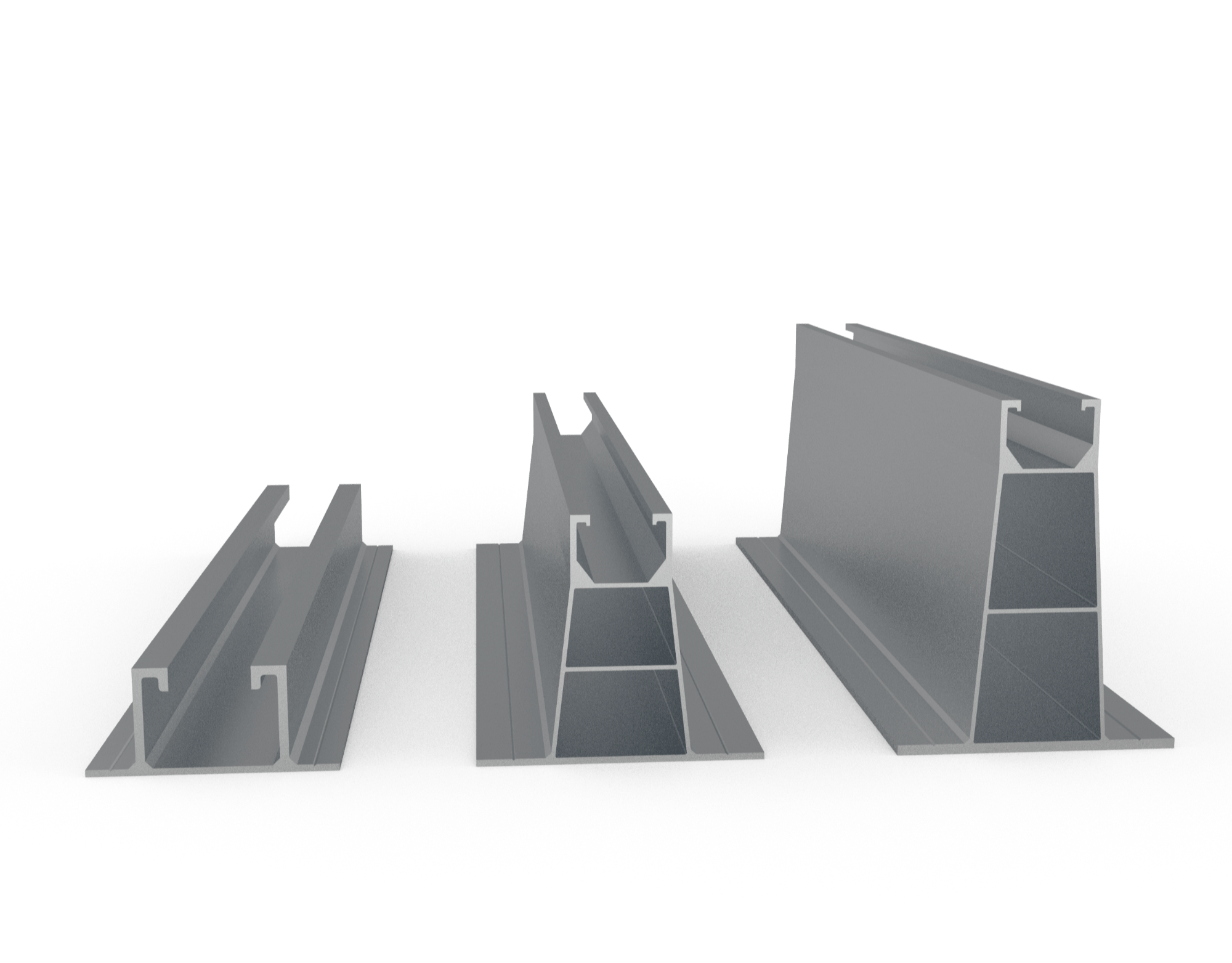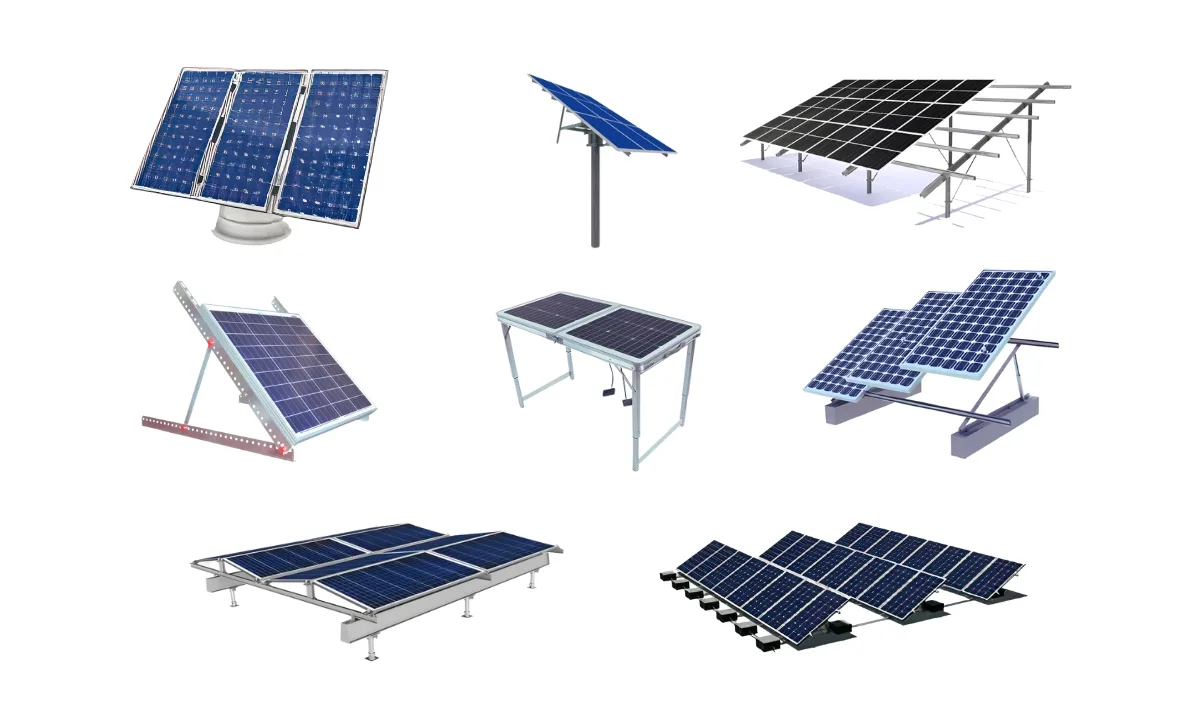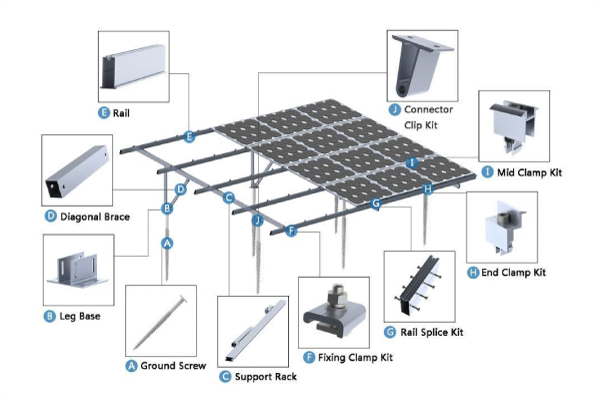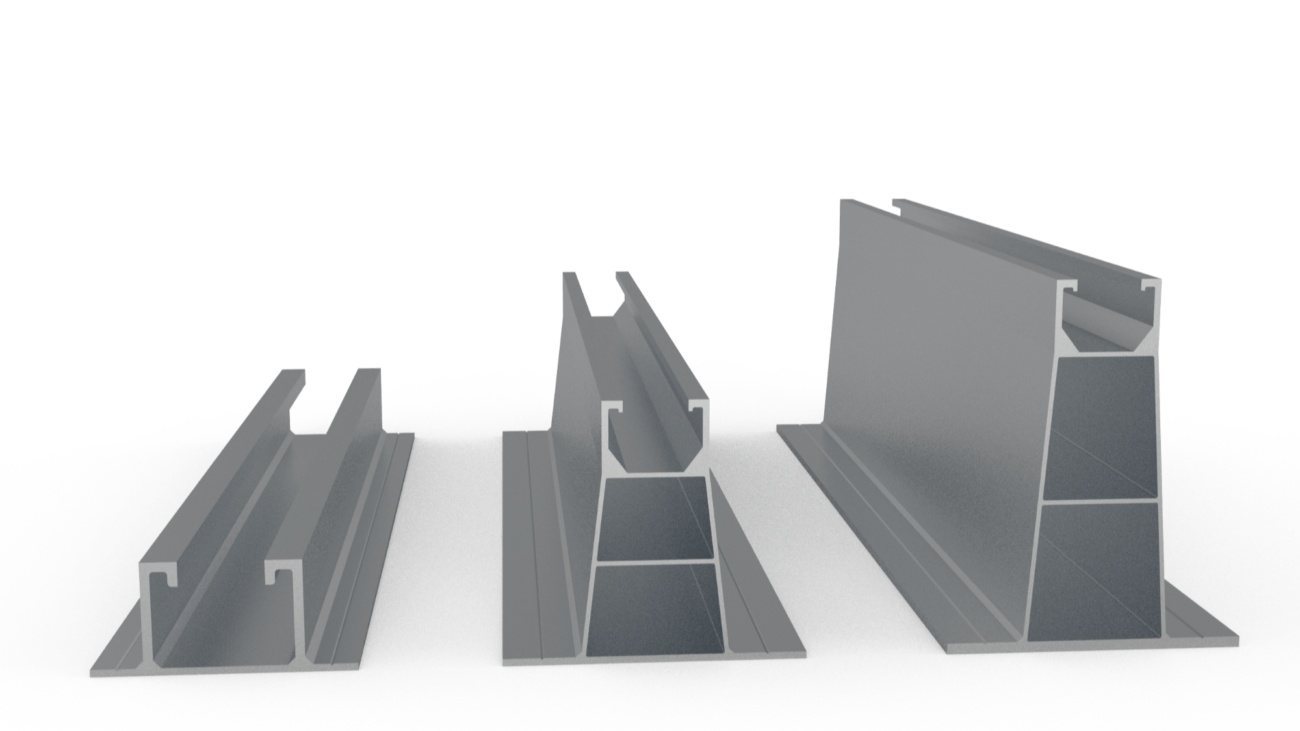
I. Introduction to Aluminium Channels for Solar Mounting Sytems
Aluminium channels refer to extruded aluminium profiles that have an inward facing radius suitable for mounting applications. Aluminium is a lightweight, strong, and durable metal that makes an ideal material for solar mounting components like rails, brackets, and panel frames.
Benefits of Aluminium Channels
Some key advantages of using aluminium channels for solar mounts include:
- Corrosion resistant – Aluminium forms an oxide layer when exposed to air that protects against corrosion. This makes it very weather and rust resistant.
- Lightweight – With only 1/3 the density of steel, aluminium minimizes weight loads on rooftops and structures.
- Strength – Despite being lightweight, certain aluminium alloys like 6063 and 6061 provide excellent strength for structural applications.
- Customizable – Aluminium can be easily machined and extruded into customized mounting components.
| Property | Aluminium | Steel |
| Weight | Low | High |
| Strength | High | Higher |
| Corrosion Resistance | High | Low |
| Customization | High | Low |
Types of Solar Mounting Systems

Common solar mounting systems that utilize aluminium channels include:
- Roof Mounts – Aluminium rail systems to mount solar panels along rooftops.
- Ground Mounts – Framed aluminium structures to mount panels on the ground.
- Solar Farms – Large scale ground systems to mount panels across acres of land.
- Carports – Aluminium structured carport frames that have integrated solar panel mounting.
These mounting methods typically include aluminium component likes rails, flashing, brackets, posts as well as hardware like bolts, clips, and connectors.
Aluminium offers an exceptional material for solar mounting hardware due to its versatile properties. Proper selection of durable and corrosion resistant alloys along with suitable structural design allows aluminium channels and components to reliably mount and frame solar modules for decades.
II. Aluminium Grades and Alloys
There are numerous aluminium alloys available, but some stand out for applications in solar mounting systems due to their specific material properties.
Common Alloy Grades
The most common alloy grades used for solar mounting components are:
- 6063 – This grade offers good corrosion resistance, weld ability, and finishing capability. It is easy to extrude into complex shapes.
- 6061 – With excellent strength and corrosion resistance, this grade is suitable for structural mounting framing.
- 7075 – Where very high strength is needed, this grade can be used despite difficulty welding and machining.
| Alloy | Properties | Uses |
| 6063 | Corrosion resistant, easily extruded and machined | Solar rails, decorative trims |
| 6061 | High strength, easily welded and machined | Structural brackets, supports |
| 7075 | Very high strength, difficult to weld and machine | Heavy loadbearing components |
Alloy Properties and Strength
- The silicon and magnesium content in 6063 and 6061 alloys provide good corrosion resistance and weld ability.
- Addition of zinc, copper, and small amounts of other metals give 7075 alloy exceptional strength.
- Heat treating and tempering alloys also enhances their strength considerably.
- 6063 T6 and 6061 T6 tempers provide a good blend of strength, machinability, and corrosion resistance needed for most solar mounting applications.
III. Extrusion Process
Aluminium parts like channels, angles, and tubes for solar mounting systems are primarily made using the extrusion process.
Extrusion Methods
There are two main methods:
- Direct extrusion – Material is pushed through a die using a ram.
- Indirect extrusion – Material pulled through a die using a stem.
Direct extrusion is more common for larger aluminium sections like solar frame components.
Dies and Moulds
The shape and dimensions of the extruded aluminium profile is defined by the steel die design. Common dies exist for standard rails and channels.
Complex profiles can require custom die fabrication. Proper die heating up to 500°C is needed for smooth extrusion flow.
Billet Preparation
- Aluminium billets provide the raw material.
- Billets are heated up to 900°C to soften the aluminium for smooth extrusion.
- Proper lubrication prevents sticking inside the chamber.
| Extrusion Variable | Typical Value |
| Ram Pressure | 15,000 tons |
| Billet Temperature | 750°C to 930°C |
| Extrusion Speed | 5 to 50 ft/min |
This allows very customizable aluminium grades and profiles to be created for solar mounting components using the extrusion process.
IV. Mounting System Hardware

Aluminium channel extrusions and fabricated components make up solar mounting system hardware like rails, brackets, frames, and more.
Rails and Brackets
Common aluminium mounting hardware includes:
- Rails – Channels that span rafters or posts to mount panels either in portrait or landscape orientation.
- Brackets – Angle brackets to mount rails to rooftops and poles or act as panel support legs.
- Flashing – Bent aluminium sheets to seal roof penetrations.
These components often use 6063 grade for good corrosion resistance and ease for fabrication.
Panel Racking and Frames
Panel racking refers to the entire support structure:
- Framed racking uses joined aluminium profiles as vertical posts and horizontal cross beams.
- Rail systems have minimal underlying structure.
Panel frames made of aluminium channels help rigidize panels.
| Hardware | Description |
| Rails | Horizontal channel supports |
| Brackets | Angled brackets for attachment |
| Frames | Border channels around panel |
Roof and Ground Mounts
Panel orientation hardware differs:
- Roof mounts use tilt legs and clamped connections.
- Ground mounts rely on fixed pole foundations.
Proper selection of durable aluminium hardware ensures long system lifespans.
V. Finishes and Coatings
Aluminium can be given different finishes and coatings to improve aesthetics, protection, and performance.
Anodizing
Anodizing is an electrolytic process that converts the surface to aluminium oxide for enhanced corrosion resistance.
- Hard anodizing creates a thicker protective layer but poor wear resistance.
- Soft anodizing offers better abrasion resistance.
Anodizing also allows dying the surface in colours like black for an attractive finish.
Powder Coating
Powder coated finishes are commonly applied through:
- Surface preparation
- Powder application through spraying
- Baking to cure the powder
Advantages include:
- Highly abrasion resistant
- Can produce metallic colour finishes
- Environmentally cleaner process
Pre-treatments
Chemical pre-treatments like chromate conversion help cleaning and metal preparation to improve coating adhesion.
| Finish/Coating | Application Method | Use |
| Anodizing | Electrochemical | Corrosion protection |
| Powder Coating | Spray then bake | Colour finish |
| Pre-treatment | Chemical cleaning | Improve coating bond |
Properly finished aluminium can maintain excellent performance and appearance for solar hardware when exposed to harsh outdoor environments.
VI. Design Considerations
Properly designing aluminium mounting hardware requires accounting for several factors:
Weight Ratios
The extruded profiles must provide adequate strength while minimizing weight.
- Higher alloy grades enable thinner walls and less material.
- But machinability and ductility decrease with stronger alloys.
Wind and Weather
The mounting components must resist:
- High wind forces
- Snow/ice loads
- Temperature swings
- Generally wet conditions
Corrosion resistant alloys and coatings are critical.
Vibration Dampening
Uncontrolled vibrations can slowly loosen connections and fasteners over time through metal fatigue.
- Structural stiffness tuning using shapes like tubes or ribs help attenuate harmonic vibrations.
- Bushings and grommets in mounting hardware also dampen vibrations.
Careful engineering ensures aluminium solar mounting hardware reliability over their ~25 year expected lifespan.
VII. Advantages Over to Other Materials
Aluminium has many benefits compared to other materials for solar mounting construction.
Strength and Durability
- Aluminium alloys provide very good strength while resisting corrosion.
- Steel is strong but much heavier and prone to rusting.
- Polymers are lighter but weaker and degrade under UV exposure.
Aluminium’s durability ensures continued structural stability over decades in harsh outdoor environments.
Cost Efficiency
Extruding aluminium is relatively affordable:
- It is a high volume, continuous production process.
- Tooling and setup costs are low compared to other processes that require moulds or custom fabrication.
- Recycling aluminium requires little reprocessing.
These factors mean finished aluminium components are very cost competitive.
Customization Ability
The extrusion process allows creation of specialized and complex cross-sectional profiles:
- Custom dies can make unique asymmetric shapes.
- Strength can be tuned using different alloys and tempers.
- Post-production fabrication allows further part optimization.
This flexibility allows aluminium solutions to be customized around application requirements.
Learn how durable and lightweight aluminium channels, extruded rails, and mounting hardware enable customized solar PV mounting systems.

